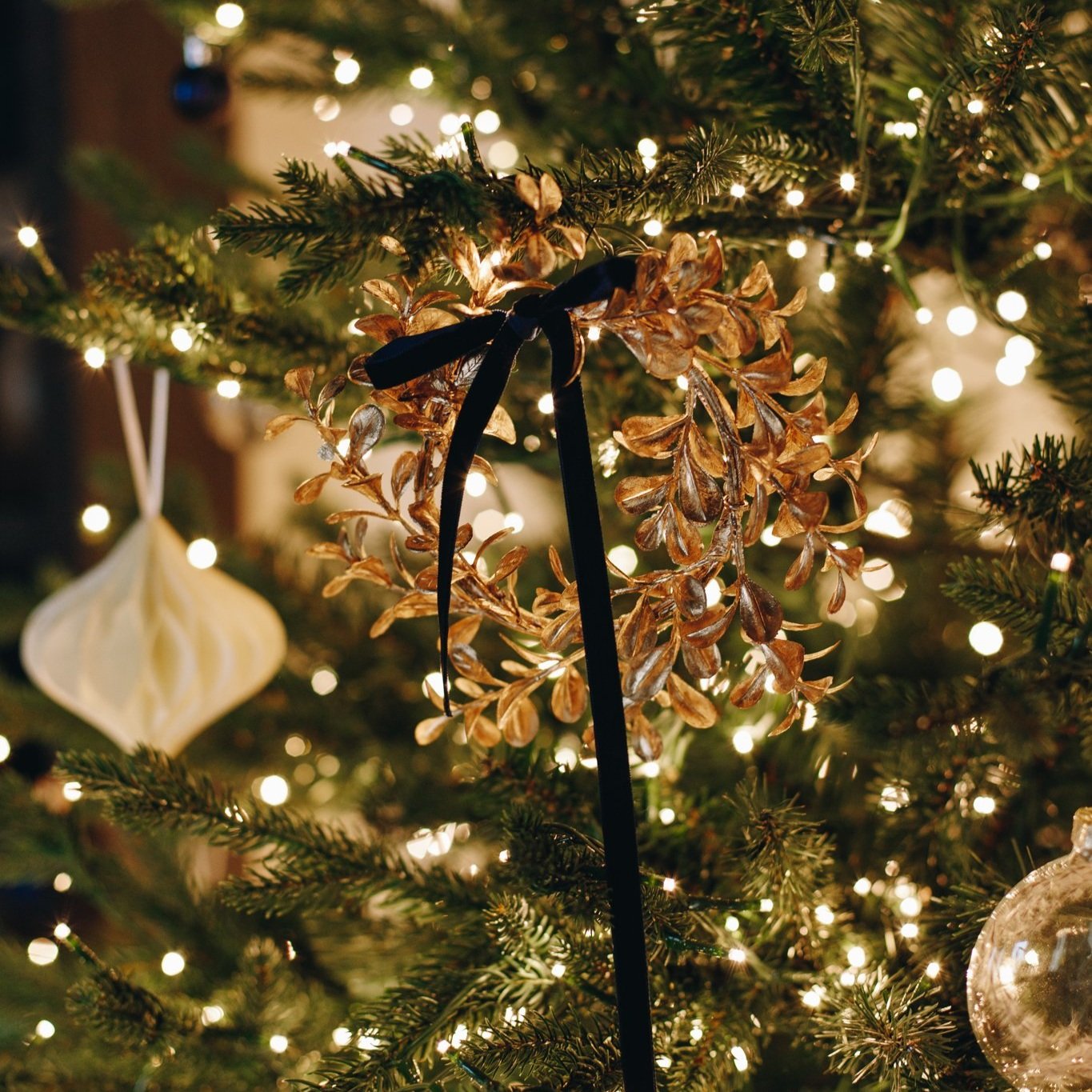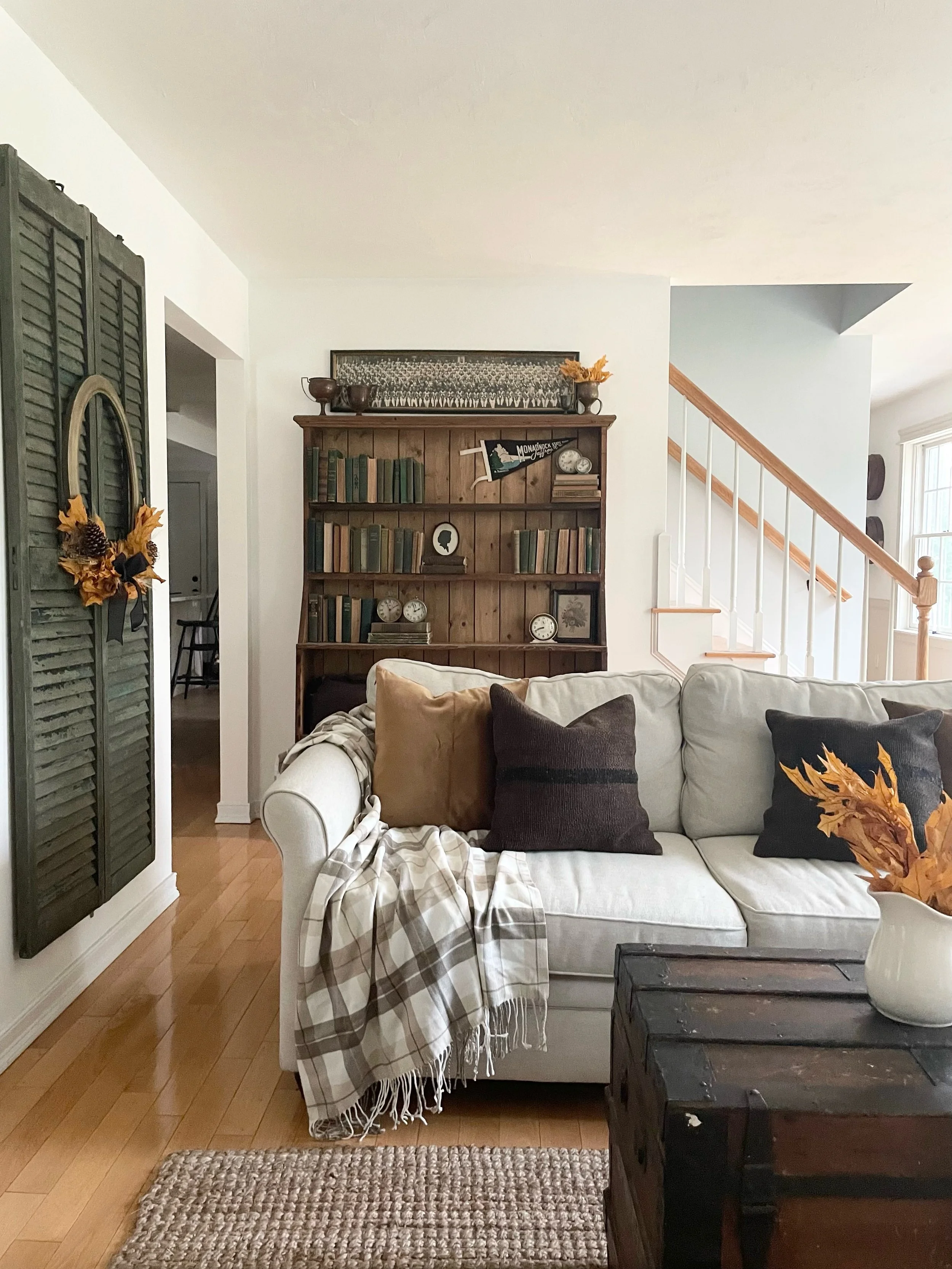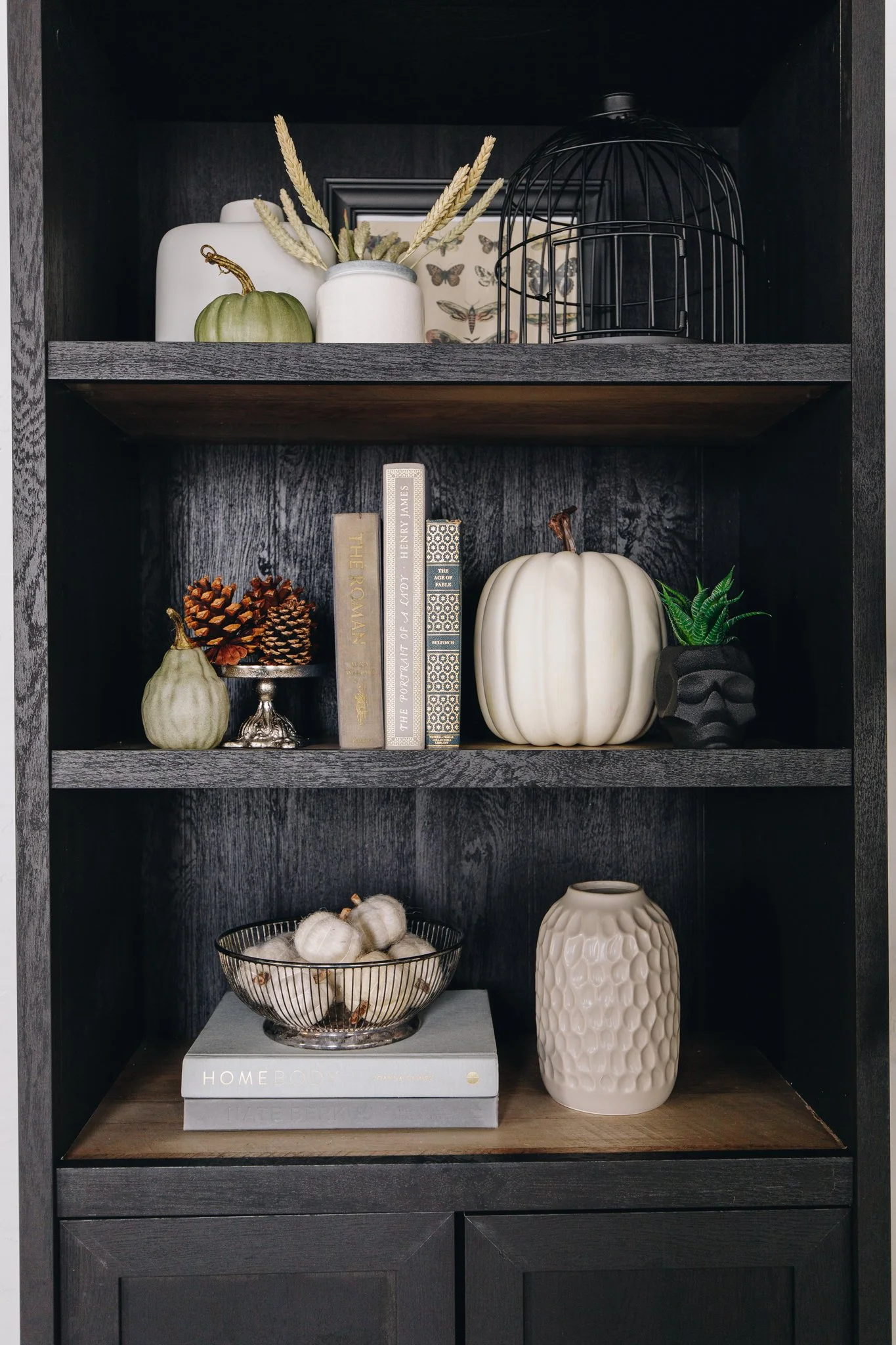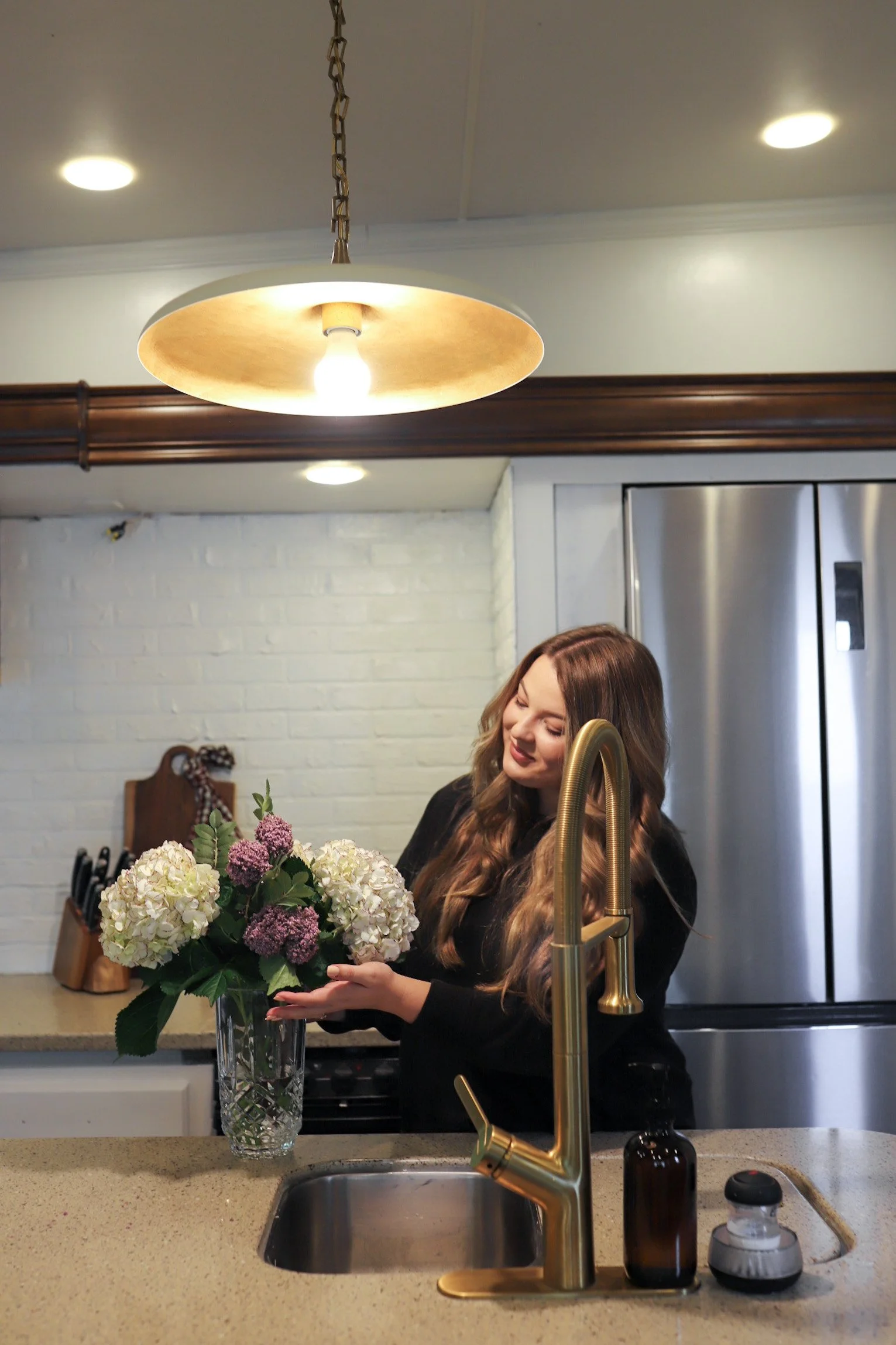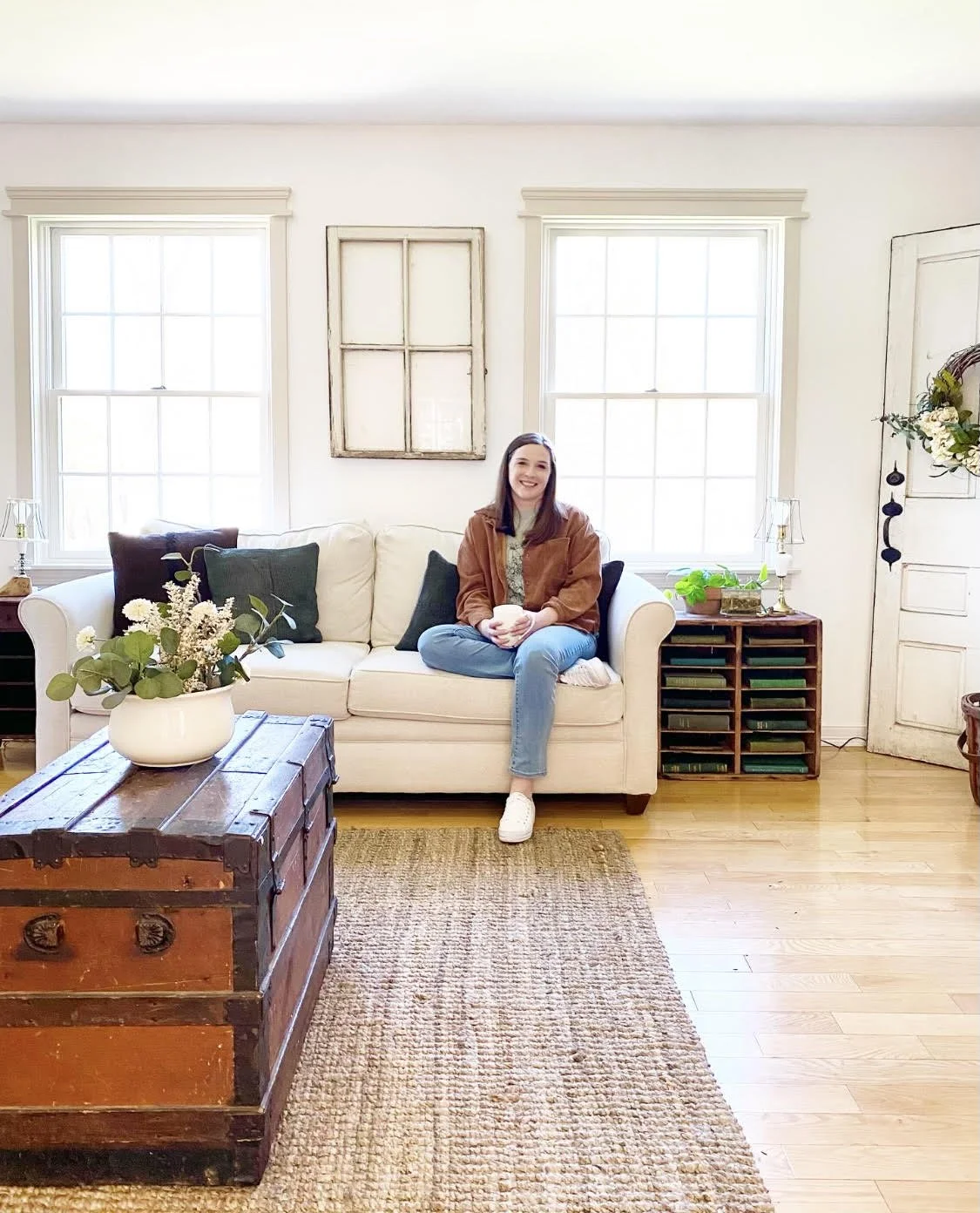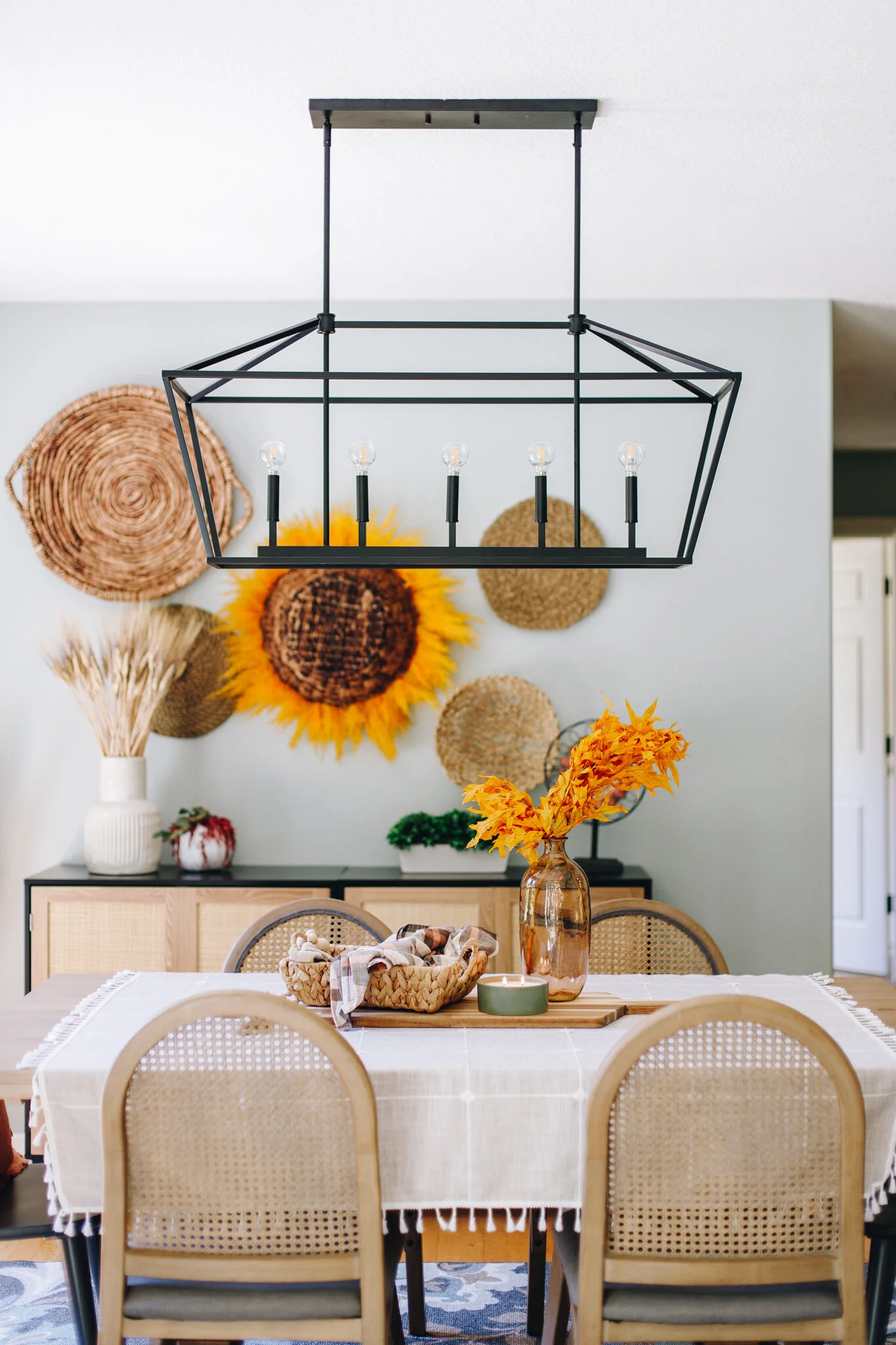5 Reasons to Use a Christmas Tree Alternative this Holiday Season
A traditional Christmas tree is a staple of the holiday and holds deep meaning for many. Whether your favorite tree element is the lights and smells of nature or the overall feeling of comfort and joy it brings, it's not always feasible to have a traditional Christmas tree in your home.
Maybe your space is small, you have young children, or you are looking to minimize the mess and the expense. Here are some alternatives to trees that don't sacrifice holiday joy, along with a little on the history of this everlasting symbol.
It's Not Just About the Tree
Evergreen decor and meaning have a long history dating back to ancient times. Still, the modern Christmas tree tradition is believed to have been started in the 16th century by Northern and Eastern Europeans. Germans are commonly credited with the first modern Christmas trees. Some folklore goes as far as crediting Martin Luther, specifically. The practice was widespread in Europe but did not become popular in the United States until about 1850 when Queen Victoria and Prince Albert brought the tradition into vogue throughout North America.
Although tall firs typically come to mind when picturing a Christmas tree, historically speaking, there have been various plants and materials used for the tree throughout the years. Just as resources, space, and practical considerations guide our tree selections now, it was not uncommon to substitute alternatives for pine trees around Christmas time. If a tree was too large or too expensive, evergreen branches might suffice. Depending on the region, another plant may be easier to grow. For example, in Europe, cherry and hawthorn trees have been used as Christmas trees and the classic fir tree.
Going Faux
Besides using other types of plants, faux and novelty trees also have a surprisingly long history. They first gained widespread popularity around the turn of the 20th century, when trees made out of feathers became the latest trend at wealthy Edwardian parties. Different materials, colors, and aesthetics have come in and out of style over the years, offering not only variety in decor possibilities but a surprising number of benefits, too.
The first and most obvious is perhaps cost. Although faux trees can be spendy, the rising cost of fir trees means that even a premium artificial tree will pay for itself in just a few years. Thanks to advances in technology, there's also little need to worry that a faux tree won't fool guests. Modern artificial trees look incredibly realistic compared to their predecessors. They are available with many features to suit style preferences and make decorating easier every year. They are also less of a fire hazard, won't drop dry needles, and do not need the water or maintenance required of a regular tree.
If it's time to take the plunge into faux Christmas trees, here are some things to keep in mind while shopping:
Realism: Unless you're shopping for an all-white or another specialty faux tree, the more realistic a faux tree looks, the better. Try to find something with "true needles" or "real feel," which will help build the illusion. Fake trees vary widely in the number of branches and needles they contain, so pay attention and comparison-shop until you find one suitable to your tastes and pocketbook. Some prefer a full tree, while others enjoy the noble fir aesthetic.
Ease of setup and teardown: consider storage space and practical requirements when setting up and tearing down the tree every year. Does it need to collapse into a smaller box when it's not in use (in which case, more setup will be required), or is there room to store a sizable vertical container? Features like wheels and hinged branches will make life easier when it's time to set up the tree, but they often come at a price and space premium.
Lighting and other options: Whether it's pre-strung with lights, has flocked branches, a spinning base, or a pre and fully-decorated tree, there is a wide range of options available. Some are a matter of convenience, while others are stylistic preferences.
Finally, just because the tree isn't real doesn't mean the home still can't smell like Christmas. To recreate that classic pine tree scent, try diffusing silver fir essential oils throughout the season.
Small Space Alternatives
Another common reason to consider a Christmas tree alternative is that there is limited space at home. Luckily there are so many space-saving options available these days, there is no reason to skip the holiday cheer.
An easy and perhaps obvious solution is a smaller tree. This can be a tabletop faux or real option, a houseplant, or a "Charlie Brown-style" collection of evergreen branches and trimmings. To do this, collect some tree clippings from your backyard or even the local hardware store and then assemble them in a small pot or vase (not unlike a flower arrangement). This will allow you to have the best of both worlds: the delicious pine scent of a real tree and the saved real estate of a tabletop tree.
Of course, there is no reason not to get creative with other types of alternative Christmas trees, either. You could experiment with different holiday decor styles or get crafting and create a DIY Christmas tree. The possibilities are only limited by your imagination.
The key to designing a successful alternative tree is to create a conical or triangular shape, whether you are creating something free-standing or hanging on the wall. If done and accessorized correctly, this will evoke the traditional feel of a Christmas tree, no matter what materials you use. Paper crafting is an excellent option for tabletop trees. Still, if space is limited, a tree can also be designed on just about any wall space. Using materials like a decorative broom, dried eucalyptus, berries, vinyl decals, photos, chalk, lights, or even actual tree branches and ornaments.
Likewise, garlands have been used to decorate homes during the holidays for centuries, they work just as well on and off the tree. Even better, they are a fun craft to make at home, don't take much space, and can be made with almost anything, including pinecones or faux berries. String one on the mantel, the tree, or even shelves if that is the only option.
Accident-Proof Decor
If little ones are at home, fears of toppled trees, various choking hazards, and broken glass may have you shy away from some of the usual decor, but it doesn't have to be so. By taking a few straightforward precautions, there's no reason everybody can't enjoy the holiday without fear of unexpected emergencies. Here are a few tips for toddler-proofing the Christmas tree:
Replace Choking Hazards: Small plastic and wire ornament hangers are prone to falling off tree branches and can be a choking hazard for little ones. Replace them with ribbon or twine instead.
Skip the Glass Ornaments: Odds of fallen ornaments go way up with toddlers around. To prevent broken glass by skipping them this year altogether, or place them at the top of the tree where they can't be reached.
Sound, er, Hang the Alarms: Holiday bells are not only traditional Christmas decor; they are a great way to be alerted immediately if something or someone is meddling with the tree.
Put Up the Barricades: Baby gates are a great way to keep children out of areas where there may be an unacceptable risk of danger. If comfortable, put them away when guests are over, or an adult is around to closely monitor any children and the tree.
Decorate Together: There is nothing more tempting than forbidden fruit, so avoid making the tree any more desirable than it needs to be by decorating it together. This will help mitigate the air of exciting mystery around the tree and double as a fun bonding memory with the kids.
Celebrating the Season
No matter what kind of tree is (or is not) in your home this year, be it small, faux, or abstract and crafty. There are a few tried and true ways to make sure an alternative Christmas tree doesn't feel too bizarre or eccentric unless, of course, that is the goal! Depending on the project's style, size, and complexity or decor, incorporating at least one or two classic tree elements will help ensure it still feels like Christmas in your home.
At its heart, Christmas is all about celebrating the season, spending time with loved ones, and making memories. The Christmas tree symbolizes hope, life, and a place to gather with family and friends. Just as those traditions and bonding experiences look different for everybody, so too might your Christmas trees.



